If you’ve heard about T.E.D. stockings or compression stockings, but you are a little confused by them then you are certainly not alone!
Because some overlapping in the use of terms by medical professionals, patients, and even manufacturers, understanding T.E.D. stockings (and their various relatives) can be a bit difficult.
But we’re here to guide you and set aside any confusion.
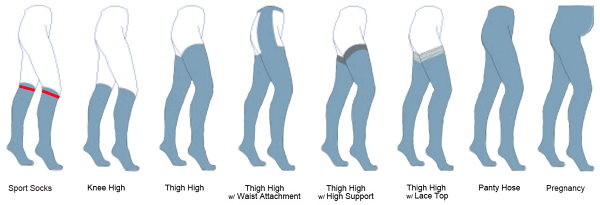
On the whole, Compression Technology refers to a special kind of therapy where tightly-fitted fabrics are used to make products that can put pressure into different areas of the body. This type of technology is used in a wide variety of products which mostly includes socks or stockings, but also includes sleeves. T.E.D. stockings are part of this family of products that are made using Compression Technology.
Even when it comes to medical professionals and caregivers, there are a surprisingly great number of instances where TED stockings are mixed up with other types of compression stockings.
Considering how important it is to wear the right kind of compression stockings for the right purpose, we want you to have all the information you need to know about these socks.
T.E.D. – What are T. E. D. Stockings?
According to the medical dictionary, T.E.D. stockings are elastic stockings that are capable of compressing the superficial veins in the lower extremities and, by doing so, push blood through the deep veins of the thighs and calves.
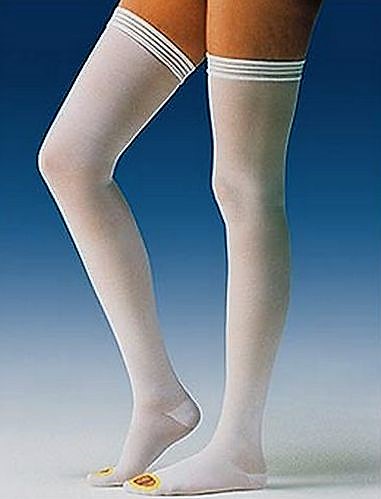
Prescribed to be used by postoperative patients and others with mobility issues, T.E.D. stockings are often made using graduated compression technologies.
This means that different levels of pressure are spread across the garment, in order to regulate blood circulations in specific parts of the lower veins.
Typically, the strongest amount of pressure is the furthest away from the heart (at the ankle) and the pressure gradually decreases as the garment moves up (at the calves and thighs).
Different Names for these garments:
What Does TED Stand For? (How to Stop Varicose Veins from Forming, a Non-Prescription Natural Way to Treat Non Ambulatory Patients after Surgery, and Tips to Ensure Your Recovery after Surgery)
TED or T.E.D. is an abbreviation that stands for Thromboembolism-Deterrent.
The name describes the medical use of these stockings as they are meant to prevent blood clots from forming in patients suffering from a number of different conditions.
In many medical and marketing communities, the terms “T.E.D. hose” and “T.E.D. stockings” are often used interchangeably, like in this article on the National Institutes of Health™ (NIH) website. However, it is important to note that some manufacturers may use these two terms for two different products, with the distinguishing factor typically being the length of the product.
T.E.D. hose is also commonly known as Anti-Embolism stockings.
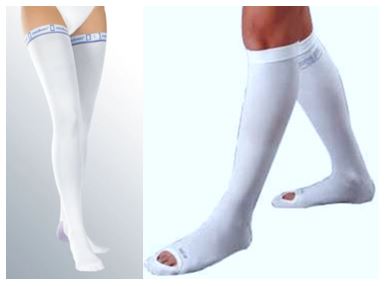
These Anti-Embolism or T.E.D. stockings are usually available in two different lengths: knee-high length and thigh-high length.
Because they are made only for those who are immobile and bed-ridden the idea of fashionability is not necessarily a priority.
This is why the majority of TED stockings are made in white.
Different from regular compression stockings, T.E.D. stockings or anti-embolism stockings are often designed with a hole around the feet. As they are mainly used to prevent the formation of the blood clots in post-surgical patients, this hole enables the nurses and caregivers to check the blood circulation in the superficial veins without having to remove the stockings.
Which T.E.D. Stockings Are Best?
(Ensure Natural Healing with these Tips on Choosing the right Compression Garments)
Whether a person should wear knee-high or thigh-high Anti-embolism Stockings varies from person to person depending on their condition. Your doctor will give you a recommendation or prescription based on your health needs and situation.
Are T. E. D. Stockings and Compression Stockings the Same?
(No. One is a Medical Supply for Recovery in Non Ambulatory Hospital Patients. Another is a Protective Garment used by Ambulatory people while seating and standing for long periods of time.)
Similar to T.E.D. stockings and hose, compression stockings are also elastic stockings that provide pressure onto the legs for health reasons. These stockings typically also use gradient compression techniques, but they are made for different purposes.

T.E.D. stockings are used for people who are immobile and confined to bed.
Compression socks (or stockings) are for those who can move around.
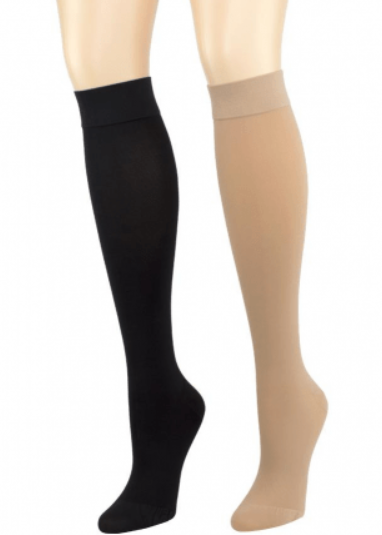
Compression stockings often use a higher level of compressions to exert pressure in the lower extremities, but it really depends on who is using them. Compression stockings or sock may be fully footed or might have open toes. And compression socks come in a large variety of fashionable colors and styles so that they can be worn out without looking like a medical patient!
Compression socks may be used by people to comfort their legs while standing for a long period of time, prevent pain in the leg veins and leg swelling, etc. They are also prescribed for patients with venous insufficiency, lymphedema, varicose veins and more. Some people also use them to promote healthy blood circulation when they are sitting for long periods of time during travel or behind a desk.
Compression socks are also sometimes used by athletes to promote better function in the muscles and to prevent fatigue and soreness after working out.
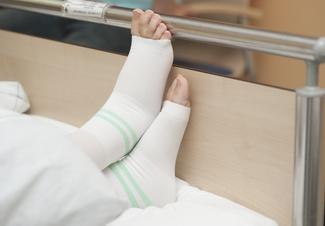
Anti-embolism Stockings are prescribed for bed-ridden patients, mainly after surgery. They may be used by pregnant women who have been prescribed bed rest and may also be used to prevent and tackle other medical conditions.
It is essential to recognize the difference and wear the right kind of stockings for the right reason. Your doctor or pharmacist will help you to make the right choice.
However, an easy rule of thumb is T.E.D. Stockings are for immobile people and other Compression Stockings are for ambulatory people.
The Importance of Choosing the Right Stockings (Ensure Protective Benefits when you Verify the Right Fit First)

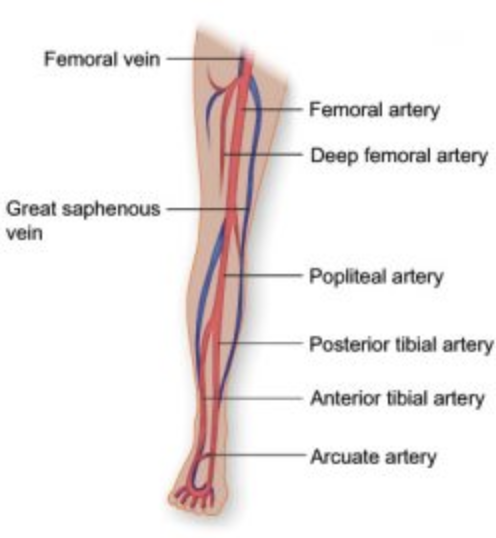
The importance of choosing and wearing the right type of compression stockings is not much different than using the right medicine for the right purposes.
As mentioned above, compression stockings sometimes use higher pressure levels than anti-embolism stockings. So if you’re bedridden and choose to wear a higher pressure compression sock, it could be too much pressure and could cause problems for you.
Compression Levels used in TED Stockings (mmHg Guide)
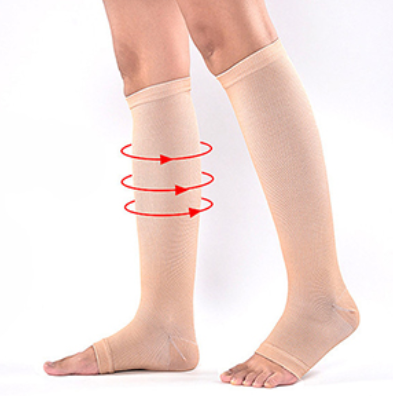
The pressure is calculated with mmHg or millimeters of Mercury, which is the same scale used to measure blood pressure. The highest pressure in T.E.D. stockings can be felt around the ankles, with the pressure decreasing as it goes up the leg.
TED Hose or Anti-embolism Stockings typically use gradient compression technology to exert pressures between 8 – 18mmHg.
Pressure (Measured in mmHg) is Lower for T.E.D. Garments than for Compression Socks
Below 20 mmHg for T.E.D. Hose
Compression Socks are higher Compression that T.E.D. Hose. Compression Socks are usually 20-30 mmHg
The primary reason is that TED Hose is not required to “fight gravity” because the patient is laying down. Hence lower pressure.
The clinically-proven pattern indicates the maximum 18mmHg at the ankles, 14mmHg at the calves, 10mmHg at the lower thighs, 8mmhg at the back of the knee and upper thighs.
Compression stockings, on the other hand, may range from low pressure (8-15mmHg) to mid pressure (20-30mmHg) to high pressure (30-40mmHg) or possibly even higher in unique and special circumstances.
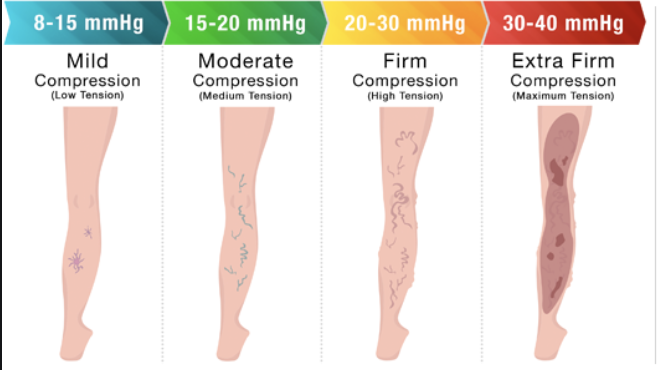
Who T.E.D. Stockings are Made For (Non Ambulatory “Non Walking” Patients)
An easy way to remember it is this: TEDs are for beds.
Any type of Anti-embolism Stockings is made to be worn by bed-ridden patients. If you are confined to a bed and/or wheelchair, whether it’s for surgery or other diseases, wearing Anti-embolism Stockings can be used preventatively to reduce the chance for blood to pool in the lower limbs and form blood clots.

T.E.D. Stockings are typically used by three types of people:
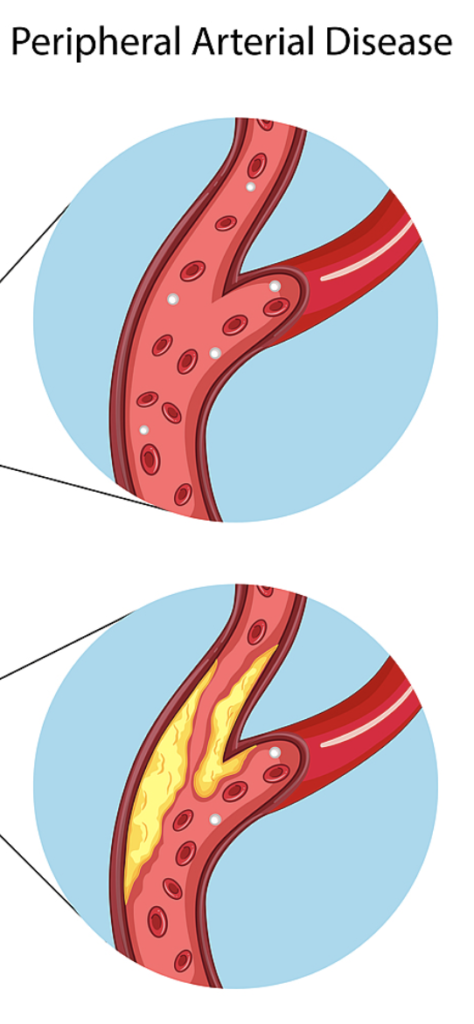
- People who are immobile / can’t walk on their own.
- Post-surgical patients confined to hospital beds.
- People with a history or in risks of suffering from venous thromboembolism (VTE).
TED Stockings are not meant for providing comfort while standing or keeping blood circulation regulated while moving around.
So, wearing them other than when immobile may not bring any benefits to your health condition whatsoever. If you’re looking for something along these lines, consider Compression Socks or Stockings.
Medical Benefits of T.E.D. Stockings (Mainly a Non Prescription way to Prevent Deep Vein Thrombosis (DVT) and Aid Recovery After Surgery)
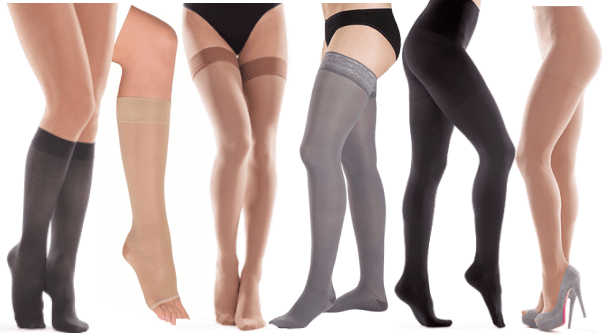
TED hose are only prescribed to immobile or non-ambulatory patients. When a patient isn’t moving around much on their own or is just recovering from a surgery, the risk of blood clots forming in their legs gets higher. And blood clots can be very dangerous or even life-threatening.
The mild external pressure provided by T.E.D. stockings can be highly beneficial in promoting healthy circulation and providing protection from blood clots.
What Are Venous Thromboembolism (VTE) Diseases? (like Deep Vein Thrombosis)
In medical terms, venous thromboembolism or VTE is a condition in which a blood clot forms in the vein and then gets dislodged to travel through the bloodstream to other parts of the body. The name is derived from the term thrombus, which is used in medical science to refer to a blood clot.

The two common types of VTE disease are:

- Deep Vein Thrombosis (DVT): When blood clots form in the deep veins of the legs or pelvic area, it is known as deep vein thrombosis (DVT). This is the most common occurrence of VTE that comes with the risks of blood clots getting dislodged and traveling through the bloodstream. Symptoms include pain and swelling in targeted areas of the leg.
- Pulmonary Embolism (PE): When blood clots get dislodged and travel to the lungs and to the pulmonary arteries, the condition is called pulmonary embolism (PE). Although this condition does not happen commonly, it can be fatal and should be avoided.
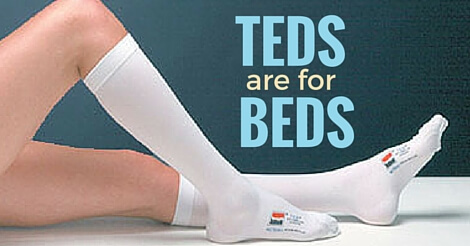
People in their golden age of over 60 years old are more susceptible to suffer from the symptoms of VTE.
Other major risk factors include patients with obesity, immobility, acute medical conditions, cancers, etc. People such as pilots and flight attendants who have a history of prolonged travel can also be at risk of suffering from DVT or PE.
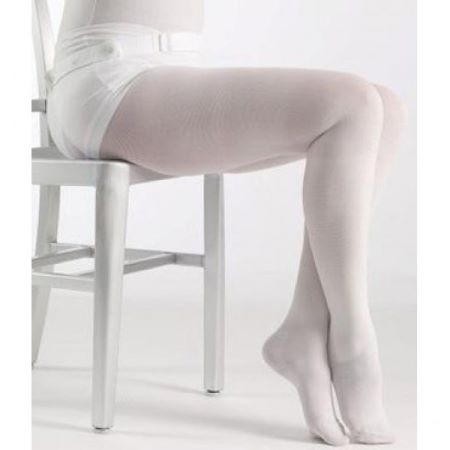
How to Find the Right Sizes for Anti-Embolism Stockings

Whether for Anti-embolism Stockings or any other types of Compression Socks, measuring the size accurately is essential to experiencing the benefits. In fact, because Compression Stockings come with different pressure points at different areas of the legs, sizing is vital when purchasing T.E.D. stockings.
When measuring your legs for T.E.D. stockings, it is advised to determine the exact measurements of each leg separately, as they may be slightly different sizes.
It is also better to take the measurements first thing in the morning, as swelling is minimal during this time. To find your perfect size:

- First, measure the narrowest point of your ankle area – just above the ankle bone.
- Then, measure the widest part of your calf.
- Finally, measure the distance between foot (touching the floor) up to the bend on your knee for the knee-sized stockings, or up to the thighs for TED hose.
TED Hose & TED Stockings – How to Wear
Because of the nature of tightness T.E.D. Stockings, putting them on can be a bit of a challenge.
Before putting them on, it is best to lie down and prop up your legs on top of a pillow for around 15 minutes.
This allows any swelling to be minimized. If you need to make it easier, rub some powder around the ankles (ask your pharmacist for recommendations).
Follow this step-by-step guide shown and described below:
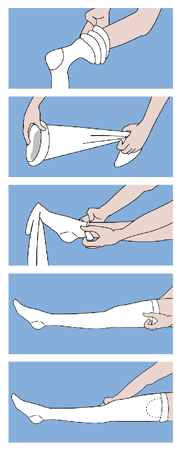
- Insert your hand into the stocking and reach as far as the heel pocket.
- Grab the center of the heel pocket and turn the stocking inside-out up to the heel area.
- Position the stocking over your feet and the heel. Be careful about placing your heel in the center of the heel pocket.
- Start pulling up the stocking through the ankle and the calves until the stitch changes in the fabric reach a couple of inches below the bend of your knee. If it’s a thigh-length stocking, pull up the thigh portion around the designated area.
- Once the thigh-length stocking is on, rotate it inwards in order to place the gusset over the femoral vein. The top band of the gusset should rest in the curvy line at the bottom of the buttock.
- Finally, smooth out any wrinkles areas, especially around the ankles and insteps.
How Long Should You Wear TED Hose?
Depending on the health condition and the process of surgical recovery, doctors may prescribe T.E.D. stockings for a period of 3 weeks – 6 weeks.
In general, postoperative patients are advised to wear these specialty stockings until they are mobile or until other prescriptions are given to prevent blood clots. However, blood clots may still form within the first few months of recovery. As a result, consult with your doctor to find the recommended duration of use for any particular case.
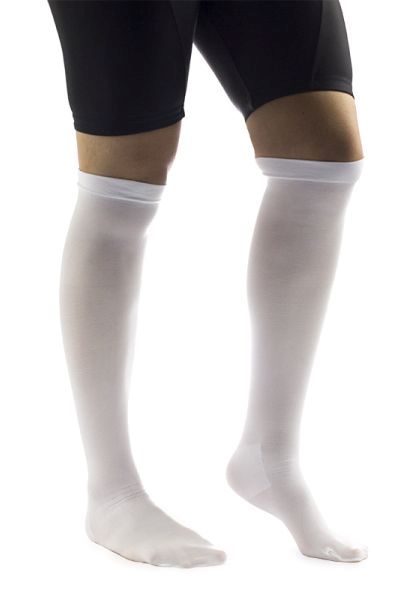
How to To Care for Anti-embolism Stockings?
When you take these stockings off every day, hand wash them in gentle soap, rinse with cold water and lay them flat to dry.
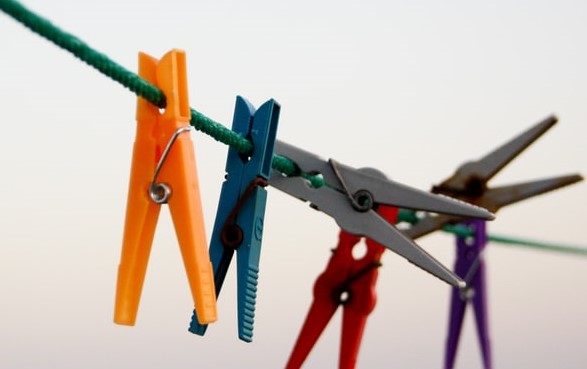
Some manufacturers of T.E.D. stockings may recommend washing in cold in the washing machine. However, to keep them in top condition, hand washing is preferred. Also, it is strictly recommended not to use a dryer, as doing so can easily shrink or warp the fine fabrics used in T.E.D. stockings.
